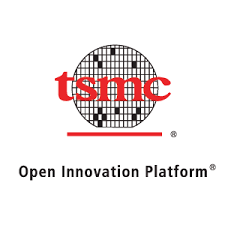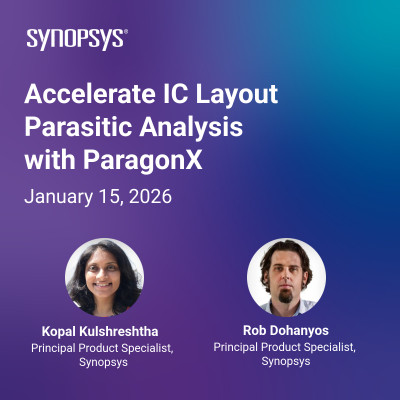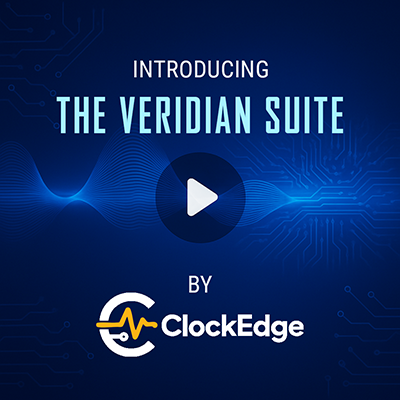
The TSMC Open Innovation Platform® (OIP) is TSMC’s design-enablement ecosystem and infrastructure. It brings together process technology, PDKs, reference flows, certified EDA tools, silicon-proven IP, design services, cloud enablement, and advanced packaging under a coordinated program to reduce design barriers, speed cycles, and improve first-silicon success.
Origins & Evolution
OIP was launched in 2008 as an industry-wide design enablement initiative to move process knowledge “up the chain,” align partners early, and shorten time-to-market. By 2010, TSMC reported dozens of partner companies across EDA, IP, design services (DCA), and value-chain aggregators participating in OIP programs.
Program Structure & Alliances
OIP is organized as a set of alliances and enablement programs:
-
EDA Alliance – certifies EDA tools/flows against TSMC process requirements (digital, custom/analog, sign-off), including TSMC Reference Flow™.
-
IP Alliance – a large catalog of silicon-verified, production-proven IP tailored for TSMC nodes, with direct technical access/support.
-
Design Center Alliance (DCA) – vetted design houses offering implementation and system-level services to lower adoption barriers.
-
Cloud Alliance & OIP Virtual Design Environment (VDE) – cloud-certified flows, security guidance, and on-demand compute with major providers; VDE validates complete RTL-to-GDSII/custom flows in the cloud.
-
3DFabric® Alliance – ecosystem for 2.5D/3D IC and advanced packaging (CoWoS®, InFO, SoIC®) to accelerate multi-die system design.
Key Standards & Design Flows
-
TSMC Reference Flow™ & Integrated Sign-Off Flow (ISF): Long-running, multi-vendor design methodologies that package process-specific know-how, sign-off, and automation—introduced and iterated across nodes (e.g., 65nm→28nm).
-
3Dblox™ Open Standard: A TSMC-led, OIP-backed description format that captures physical stacking and logical connectivity for 3DIC design—standardizing EDA flows for thermal, EMIR, timing, verification, and physical implementation across 3DFabric technologies. (Current revisions branded as 3Dblox 2.0.)
Cloud Enablement (VDE)
OIP’s Virtual Design Environment lets teams spin up validated digital/custom flows with TSMC tech files, PDKs, foundation IP, and reference flows directly in the cloud. TSMC has documented enablement with multiple major providers (e.g., certification on GCP) and partner-published BKMs (e.g., Calibre on Azure).
Automotive & Vertical Platforms
For safety-critical markets, OIP underpins Automotive Design Enablement—e.g., ADEP foundation IP and 7nm enablement certified to ISO 26262 and qualified to AEC-Q100 Grade-1. Broader automotive platform collateral builds on OIP methods and manufacturing maturity.
Ecosystem Forum & Awards
TSMC runs an annual, multi-region OIP Ecosystem Forum (North America, Japan, Taiwan, etc.) to announce updates, roadmaps, and recognize “Partner of the Year” award winners across EDA/IP/packaging domains. (2025 forum series announced; 2024 focused on AI-driven design and 3DIC.)
Impact & Metrics
OIP’s early, parallel co-development model lets EDA/IP partners start months after node R&D begins, so tools and IP are ready by process finalization—TSMC has claimed up to ~15 months faster time-to-market versus traditional sequencing. Recent partner releases also show certified flows for A16/N2P and advanced packaging, underscoring OIP’s role at angstrom-class nodes.
How Design Teams Typically Engage
-
Select node/tech (e.g., N3/N2/A16; specialty/RF/automotive).
-
Pull PDKs & collateral from TSMC-Online; adopt Reference Flow/ISF and sign-off recipes via certified tools.
-
Assemble IP from the IP Alliance catalog, prioritizing silicon-proven blocks for schedule risk.
-
Use DCA partners where extra capacity or domain expertise is needed.
-
Leverage Cloud/VDE for scalable runs; apply OIP BKMs for security/performance.
-
For multi-die systems, model/verify stacks with 3Dblox and tap the 3DFabric Alliance for flow/IP/package integration.
Historical Notes
-
The 2010 snapshot listed 30 EDA, 38 IP, 23 DCA, and 9 VCA partners—illustrating early scale (counts have grown and shifted since).
-
Reference Flows predate OIP (e.g., RF 5.0 at 90 nm) and were folded into OIP’s broader methodology after 2008.
Notable, Short Quotes
-
Morris Chang on OIP’s intent (2008): “An entirely new paradigm of collaboration…shortening the time between an idea and a product.” TSMC
-
TSMC on 3Dblox: “Aims to modularize and streamline 3D IC design solutions for the semiconductor industry.” TSMC
-
AnandTech on OIP’s leverage: “By the time TSMC finalizes its process, EDA tools and IP are ready…time-to-market by about 15 months.”
See Also
-
3DFabric® (CoWoS, InFO, SoIC) & 3Dblox™ standard for multi-die systems.
-
OIP Ecosystem Forum (annual global event series).
Also Read:
Fabless: The Transformation of the Semiconductor Industry 2019 Edition
Share this post via:












Quantum Computing Technologies and Challenges